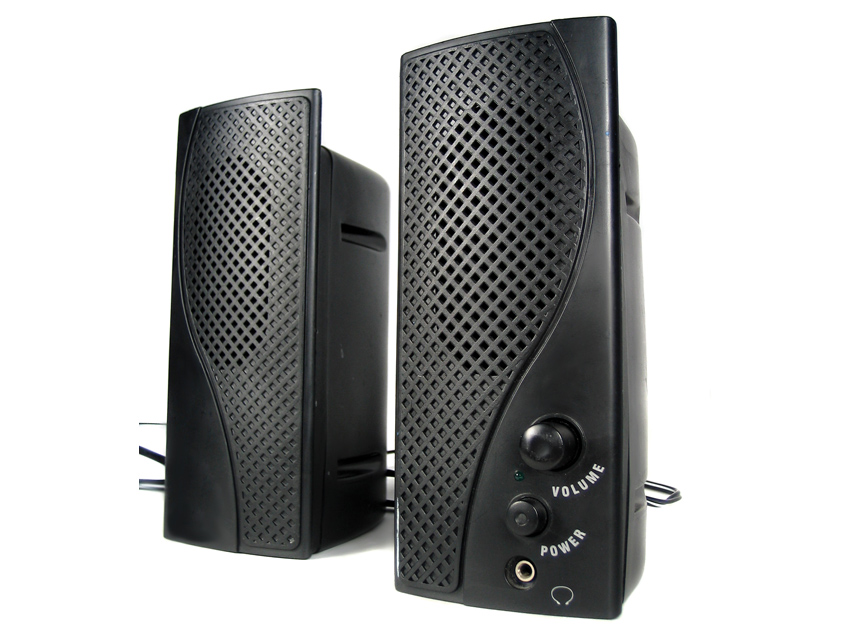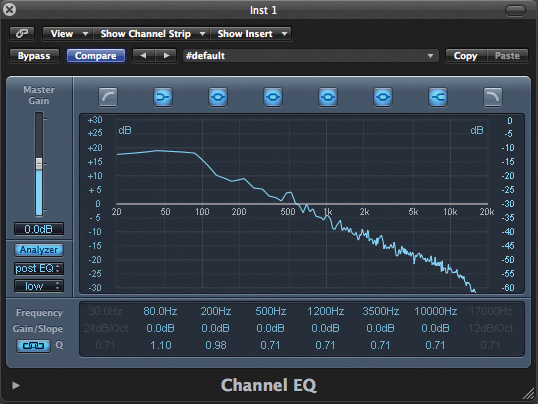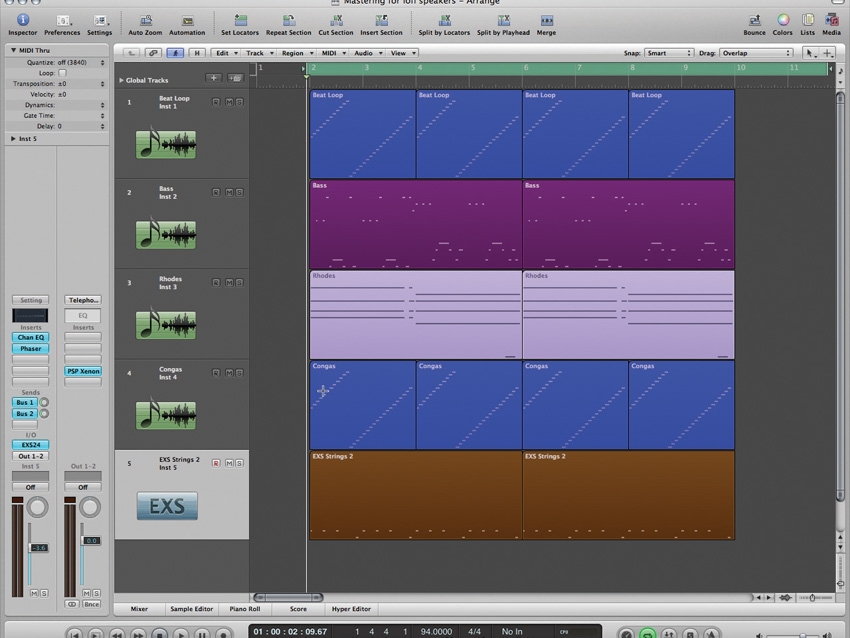9 ways to make your mixes sound great on lo-fi systems
How to satisfy the MP3 generation

There was a time when everyone wanted to own a six grand hi-fi and spent hours working out the 'sweet spot' in which to sit between their speakers, but these days, the truth is that your music is most likely to be played as an MP3 through crappy headphones (or, horror of horrors, through a mobile phone's tiny speaker).
This is something that you need to bear in mind when you're mixing - here are MusicRadar's nine tips for crafting tunes that will translate to lo-fi audio systems.
1. Listen
It all starts with listening: whether you like it or not, you need to face up to the fact that a large number of people now choose to enjoy their music on imperfect hardware. Begin listening to your own tracks, and other artists' that you know well, on various units. What differences do you notice from one track to another? Create a list of the music that sounds good and try to work out why.
"The truth is that your music is most likely to be played as an MP3 through crappy headphones (or, horror of horrors, through a mobile phone's tiny speaker)."
2. Get the hardware
Buy yourself a pair of cheap monitors: there's no point running all of your mixes out through a pair of posh Genelecs and assuming that they will cut it through a pair of cheap-as-chips multimedia speakers. If you don't already own some, get hold of a pair, so that you start hearing the differences in quality every day. When mixing, switch between monitor pairs regularly, in order to build an acceptable mix for both sound environments simultaneously.
3. Change the channel
Create your own mastering channel strips and develop some trusty settings for your output channel. Then, you can roughly simulate the sound likely to be heard from any speaker setup for which you're composing. Clever use of EQ, compression and distortion will enable you to create something remarkably like a telephone, for instance, so make one of these your first audio test system.

4. Think about bass
Ever played a track of yours down the phone to someone? No doubt they told you they couldn't hear the bass. Telephones don't transmit any of the lower frequencies (and greatly reduce the upper ones, too), so, if you're writing 'hold' music, be sure to use a bass sound that contains plenty of harmonics. Anything too 'subby' and pure will be completely inaudible.
Get the MusicRadar Newsletter
Want all the hottest music and gear news, reviews, deals, features and more, direct to your inbox? Sign up here.
5. Easy on the top-end
In order to promote clarity of dialogue, most laptop and multimedia speakers naturally enhance upper-mids and some treble frequencies, to ensure definition in the spoken voice. Even if you're writing instrumental music that will likely end up being played on such a system, this still needs to be taken into consideration - do the lead parts in your mix need to be dropped in volume a little to compensate?
6. Less is more
Some tracks sound much better than others through smaller speaker systems and often, it's the tracks with the fewest elements which really cut through nicely. Think about hip-hop records with beats, a huge, fat bassline and a rapped vocal. Often, that's all you'll hear, though sometimes there'll be a midrange stab of some description ripping through the mix, too. Now that you know about low-quality speakers and their fondness for midrange, perhaps there are lessons you can learn here, too.

7. Bounce often
It's so easy to bounce files down and move them from one place to another these days that there's really no excuse for not road-testing your mixes on the device(s) for which they're intended. Get your track transferred via Bluetooth across to your mobile and have a listen to it through the tiny speaker. How does it sound compared to other music you've heard? Go back and make adjustments.
8. Compress to impress
If it's clarity you're after, remember that the 'squeezed' nature of telephone 'hold' systems and mobile phone speakers means that signals can very quickly degenerate beyond an acceptable level if they're compressed too hard. Put another way, audio through a telephone line is compressed anyway, so bear this in mind if you're mixing music designed to be heard in this way - less is definitely more in this case.
9. Make multiple mixes
As you're writing for a more limited bandwidth from one system to another, perhaps consider creating different mixes of your piece with different elements contained within for each playback device. From hi-fi, through multimedia, to a mobile phone speaker, you're operating with diminishing frequency 'space', so maybe drop a few elements out and allow users access to a version of your track that best fits their device of choice.
Computer Music magazine is the world’s best selling publication dedicated solely to making great music with your Mac or PC computer. Each issue it brings its lucky readers the best in cutting-edge tutorials, need-to-know, expert software reviews and even all the tools you actually need to make great music today, courtesy of our legendary CM Plugin Suite.
"If I wasn't recording albums every month, multiple albums, and I wasn't playing on everyone's songs, I wouldn't need any of this”: Travis Barker reveals his production tricks and gear in a new studio tour
“My management and agent have always tried to cover my back on the road”: Neil Young just axed premium gig tickets following advice from The Cure’s Robert Smith










